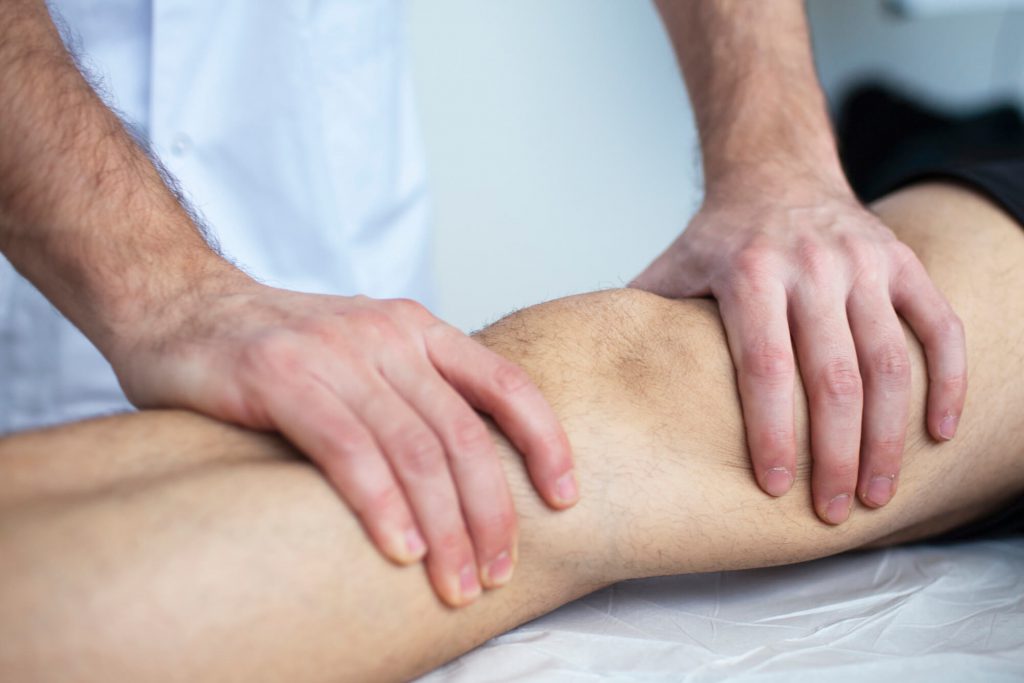

How can a lymphedema therapist help your patient?
- Help to identify or classify lymphedema
- Perform manual lymph drainage techniques for reduction of edema
- Apply compression bandaging as needed
- Recommend and fit for compression garments
- Develop a safe exercise program
- Educate patient and family on risk reduction and long-term management
- Training for skincare and hygiene for reduced risk of infection
Common initial symptoms of lymphedema:
- Limb heaviness
- General achiness
- Pain and/or tightness
- Limited range of motion
- Pitting edema
- Nonpitting, but chronic edema
When can lymphedema therapy be a beneficial treatment?
- Lymphedema following cancer diagnosis or treatment
- Chronic venous insufficiency
- Post-surgical acute or chronic edema
- Diagnosed primary lymphedema
- Lipedema
- Chronic pain conditions such a fibromyalgia, complex regional pain syndrome, chronic fatigue syndrome
